Despite numerous unprecedented environmental threats worldwide nowadays, Dr. Jane Goodall remains unwaveringly hopeful and dedicated to raising global awareness. Her journey features uplifting stories from across the globe, showcasing our capacity for positive changes. For instance, Jane witnessed the transformation of once lifeless land into a lush green oasis during her visit to a Canadian mining town. She observed the efforts of the Blackfeet Nation in the United States to reintroduce American Bison after a century-long absence. She also travelled to Europe to participate in a project aimed at reviving the centuries-lost migratory habits of the Northern Bald Ibis over the Alps.
The Dome Show Jane Goodall - Reasons for Hope invites us to see the world through Jane’s eyes and be inspired to make a positive difference. Let’s sow the seeds of hope together and nurture them for a better future for generations to come.
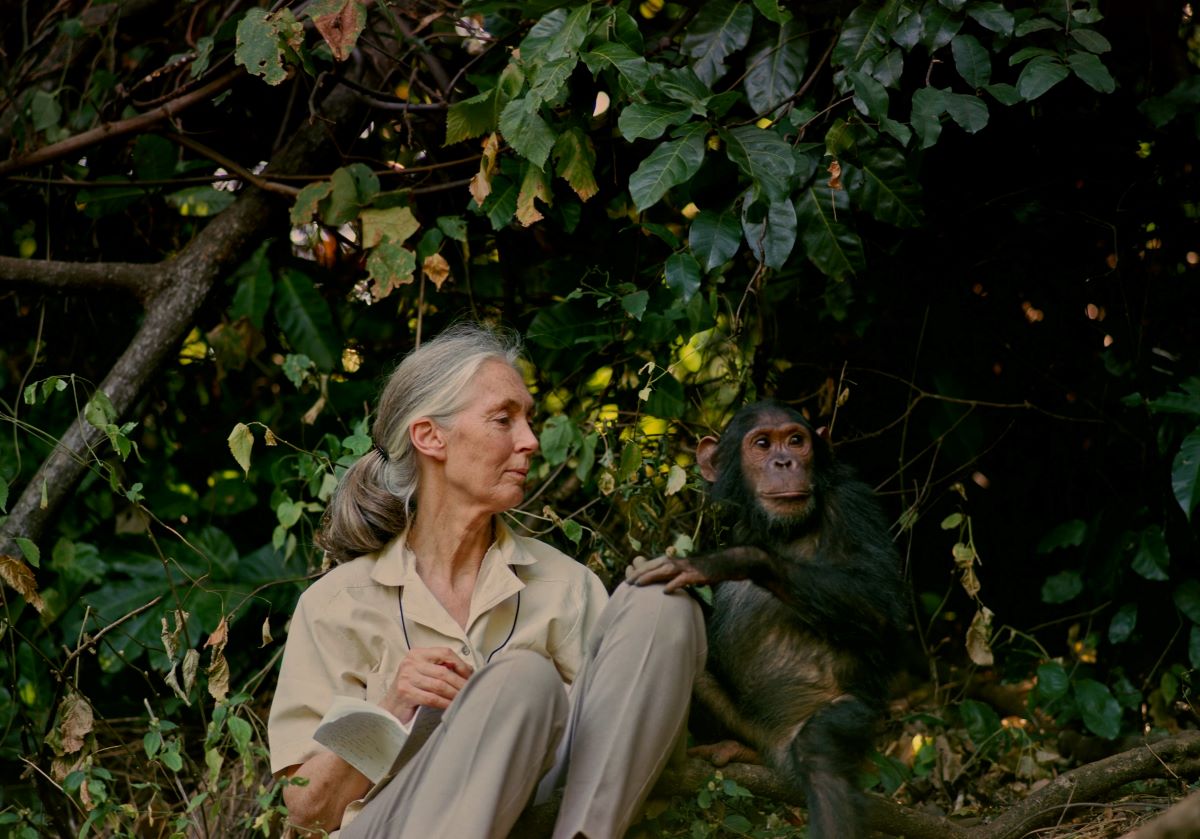
In 1960, young Dr. Jane Goodall travelled from her home in England to the Gombe area in Africa to study chimpanzees. Her unshakable passion and love for nature propelled her to become a world-renowned ethologist and a leader in the field of environmental conservation and animal welfare. Through her actions, she has raised awareness of the importance of nature and life, making significant contributions to the advancement of conservation efforts.
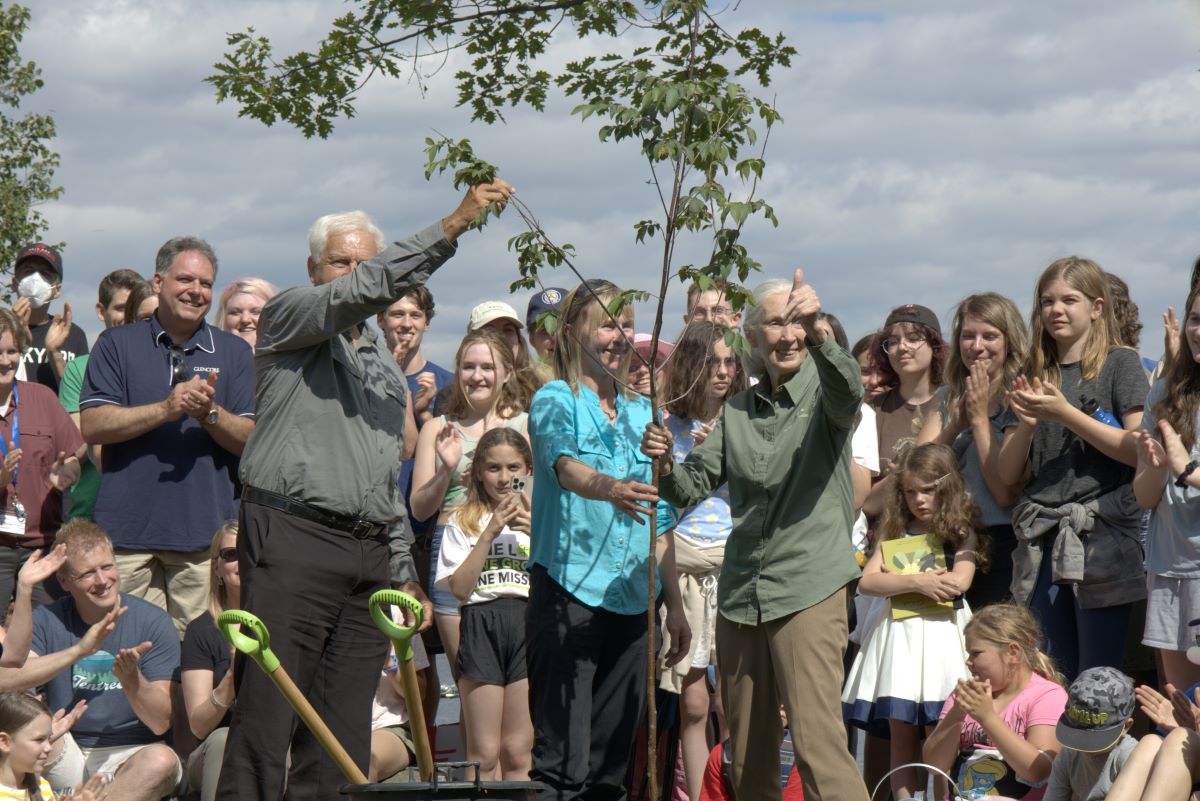
Canada's Sudbury is a mining town that has faced severe pollution in its land and lakes due to the smelting process over the years, causing damage to the local ecosystem. Fortunately, the residents have come together to support the ecosystem's self-restoration through a collaborative reforestation project. Dr. Jane Goodall was invited to plant the ten millionth tree, witnessing this significant milestone of rejuvenation in the land.
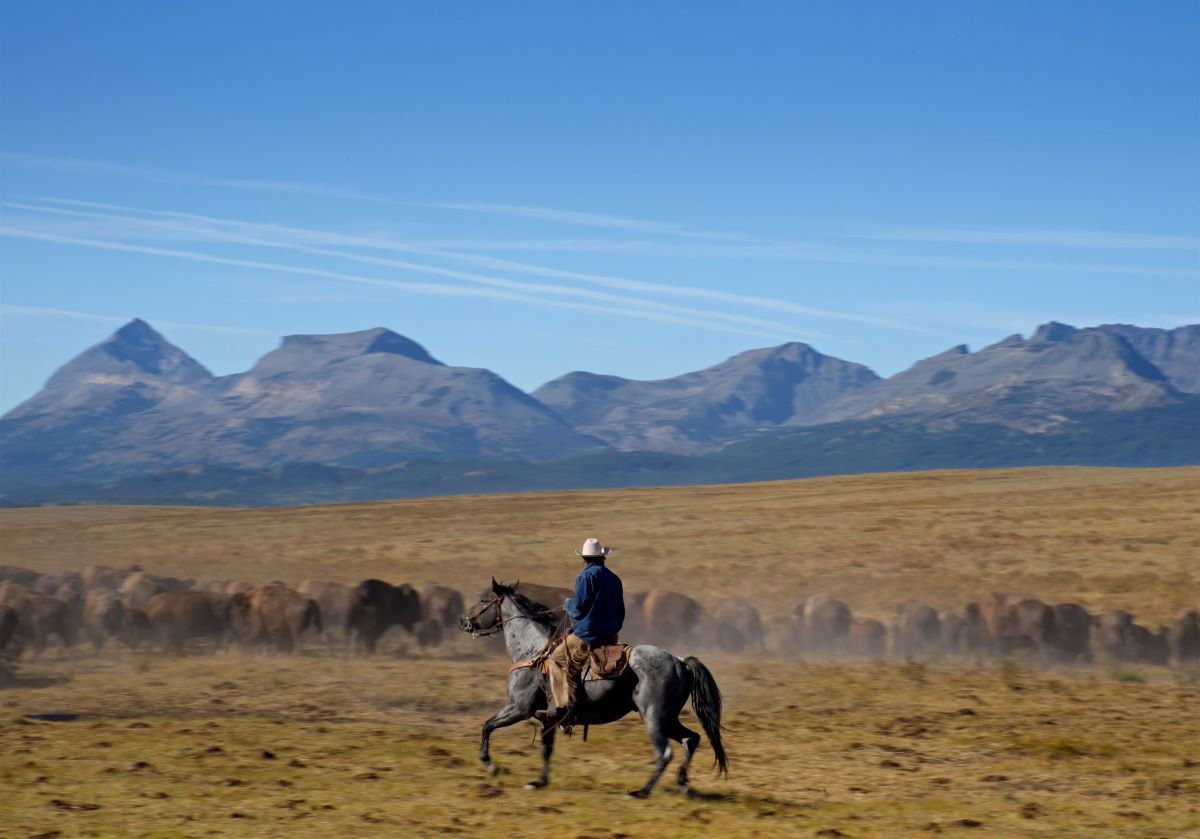
Once, there were millions of American Bison living in the vast grasslands stretching from Mexico to northern Canada, providing food and livelihood for hundreds of indigenous groups, including the Blackfeet Nation. Unfortunately, due to the growing needs of human society, the American Bison were indiscriminately hunted and pushed to the brink of extinction. The determination and perseverance of the Blackfeet people have played a crucial role in enabling these precious wild animals to thrive once again on this land.
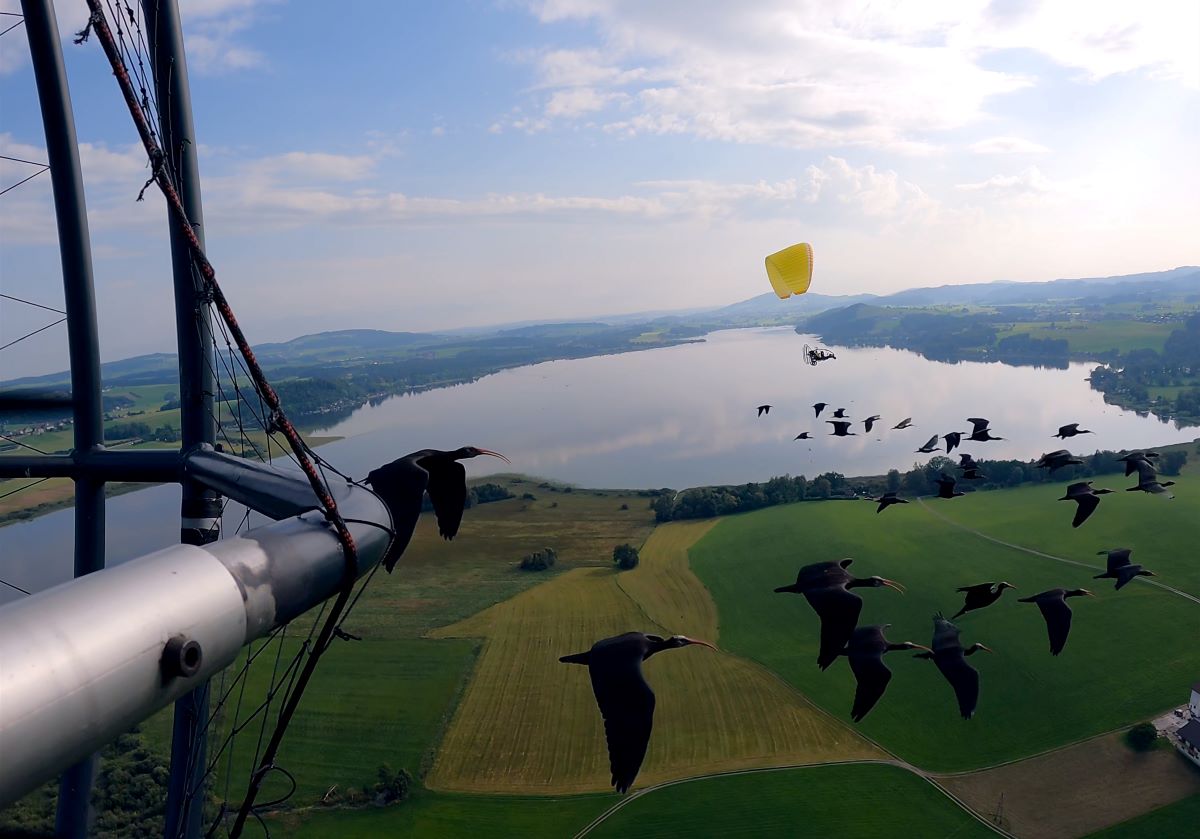
In Europe, the Northern Bald Ibis once became extinct in the wild due to excessive hunting. Two young human foster mothers dedicated themselves to bringing the Northern Bald Ibis back to its natural habitat. They cared for the young birds and nurtured their trust in humans. They even flew over the Alps in microlight aircrafts, and accompanied the birds on a 1,000-kilometre migration to their wintering site.
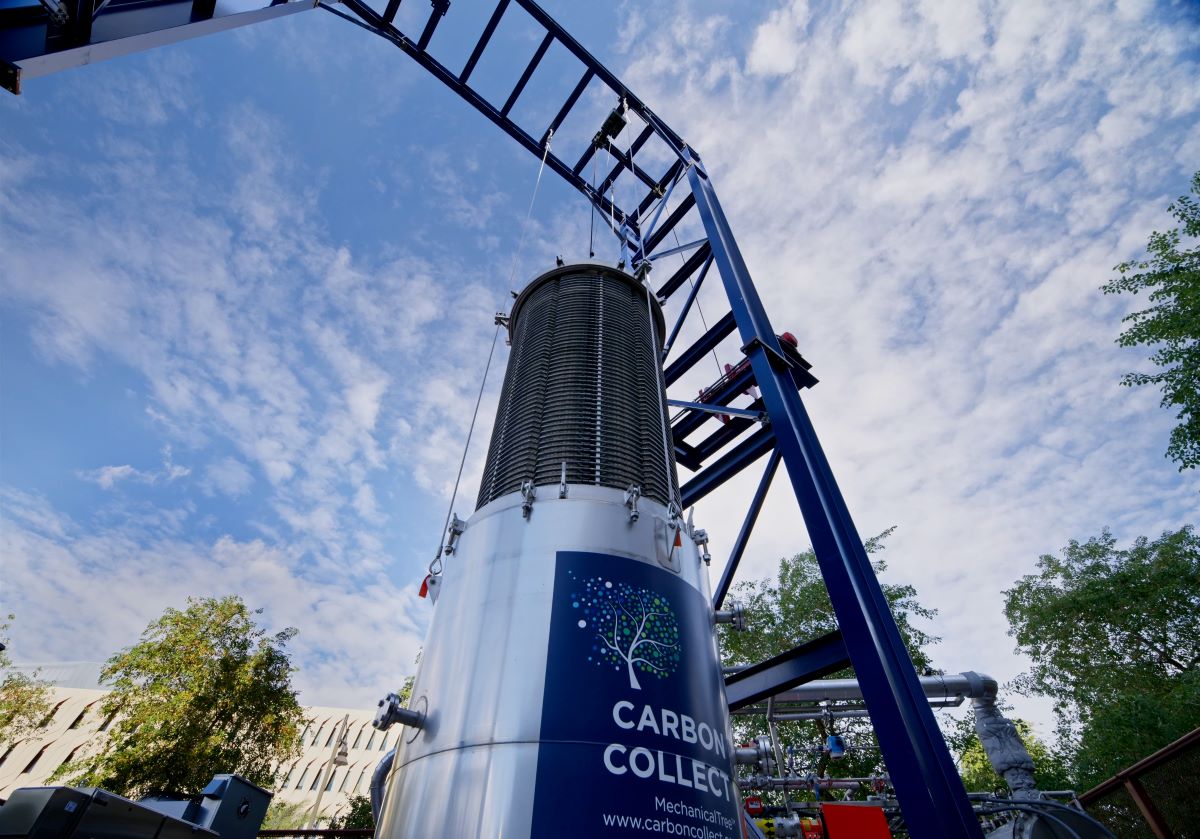
Scientists have invented a “mechanical tree” to help slow down the accumulation of carbon dioxide in the atmosphere. This tree-like device is capable of directly capturing carbon dioxide from the air and collecting it. The captured carbon dioxide can also be used to cultivate algae, which can then be converted into food or biofuel. The invention of the “mechanical tree” is a good example of how humans are using intelligence and technology to address climate change.

Dr. Jane Goodall firmly believes that by making young people aware of environmental issues, with their energy and drive, they will undoubtedly be able to bring about unexpected changes to the world.
Production & Copyright: Science North
| Show: | Dome Show Jane Goodall - Reasons for Hope |
| Show Period: | 1 July 2024 to 14 March 2025 |
| Show Schedule : | Monday, Wednesday to Friday: 5:00pm Saturday, Sunday and public holiday: 11:00am, 3:30pm and 8:00pm Closed on Tuesdays (except public holiday), and the first two days of the Chinese New Year For more information on the show schedule of other shows, please refer to Space Theatre Show Schedule |
| Place: | Space Theatre, Hong Kong Space Museum |
| Admission Fees: | Standard Admission: $40 (stalls), $30 (front stalls) Concession Admission: $20 (stalls), $15 (front stalls)
|
| Show Duration: | 45 minutes |
| Language: | Sessions at 5:00pm on Wednesday (except public holiday) and 8:00pm on Sunday and public holiday are in English. All other sessions are in Cantonese. Audience can also select the following languages with the multi-channel headphone system: Cantonese, Putonghua and English |
| Ticketing: |
Please refer to "Ticketing Information"
|
| Seating plan: | Please refer to Space Theatre Seating Plan |
All programmes and prices are subject to change without prior notice.


